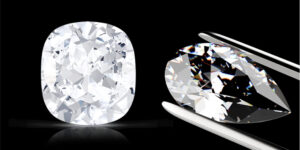The size – or rather, the weight – of a diamond, as expressed in carats, used to be a defining feature of its overall value and the way that it was assessed as an item of luxury. But this is no longer strictly the case. With the increased availability of laboratory-grown diamonds, the paradigm is shifting from pure size to other considerations that may be of interest to a discerning modern consumer. A typical 3 carat diamond ring offers a range of customization options, for example, so that the ring can be truly personalised. Some of the laboratory-grown diamond rings on the market can offer a truly innovative design, which follows global fashion trends while remaining timeless in style and beauty. And finally, social responsibility considerations are making more consumers turn towards synthetic diamonds, as a way to enjoy luxury without compromising on their ethical principles.
Size isn’t everything (anymore)
A typical diamond ring buyer from the past would have looked at the size of the stone as one of the most important factors to consider.
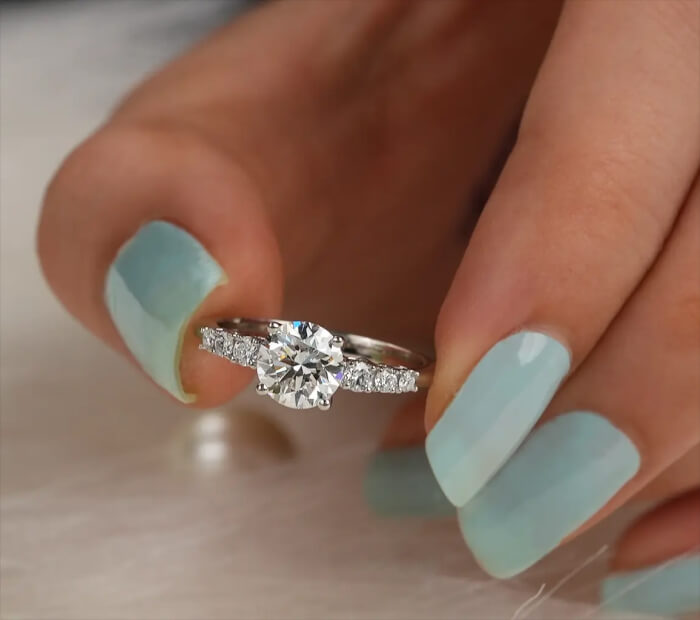
Nowadays, buyers are moving on in their paradigms around what makes a ring special or, even, exceptional. Beyond just the sheer size of the gemstone, buyers are interested in aspects such as how unique the ring is, and lab-created diamond rings offer a lot of customization. A consumer who knows exactly what they want can be much more involved in the design of their diamond ring if they turn to a synthetic diamond producer.
Consumers also have varied tastes and not everyone wants the traditional-looking diamond rings of the past – many consumers nowadays are looking for bold and innovative styles, a ring that’s a fashion statement as much as it is an object of luxury and status. For this reason, lab-grown diamond rings again offer an excellent choice, as they often vary in style and aesthetics more than traditional rings with naturally-formed diamonds.
Ethical considerations
The diamond mining industry has sometimes suffered issues concerning environmental damage, sustainable practices and even human rights abuses. In addition to this, some diamonds are mined in war zones and their proceeds are used to finance armed conflict. While this is by no means an everyday occurrence in the industry as a whole, it is difficult for an ordinary consumer to know whether the diamond on a ring they wish to purchase has been mined under exploitative conditions or causing harm to the ecosystem. While it is possible to overcome those concerns, for example by asking to see the Kimberley Process certificate, not every diamond retailer will be able to offer this, especially online.
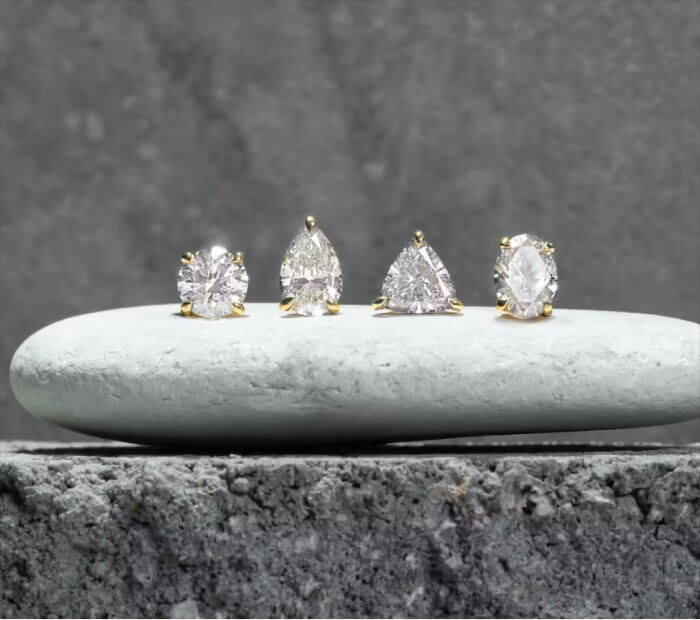
Therefore, for peace of mind and improved social responsibility, lab-created diamonds can be a more straightforward choice.
Affordable luxury
In nature, it takes a very long time for a diamond to be created. Firstly, what is needed is a lot of carbon, which must be trapped within the Earth’s mantle, and then exposed to extreme conditions such as super-high pressure and temperatures, for millions of years. Then, someone must discover where this diamond is, excavate it, process it, evaluate and transport it around the world to eventually reach the market. In other words, natural diamonds are rare, expensive and the mining of them is fraught with cost and difficulties. In addition, in some regions of the world where diamonds are most likely to be found, the conditions of work for the miners are less than ideal, and sometimes even amount to exploitation and human rights abuses.
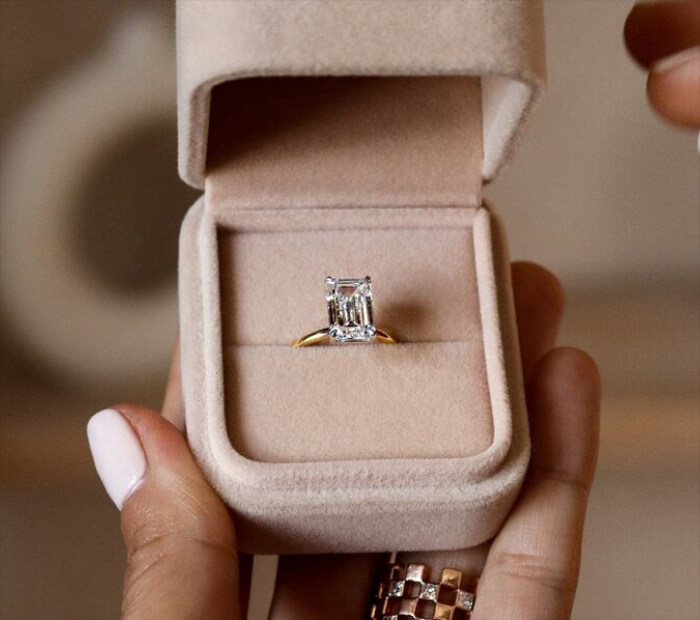
For these reasons, more and more consumers are turning to lab-created diamonds when looking for that perfect ring, whether that’s to celebrate an important anniversary, ask for their loved one’s hand in marriage or any other special occasion. It’s the reason that you, like others, should head to Best Brilliance to find a 3 carat lab grown diamond ring.
In a laboratory, those extreme natural conditions, required to create a diamond, are more easily reproduced and take a fraction of the time. Synthetic diamond producers have to initially invest in expensive equipment and technology, but their ongoing costs of diamond production are typically much lower than those of mining. They have more control over their supply chain, more transparency of pricing, and compete with other diamond producers for the consumers’ business. All of this means that the cost of lab-created diamonds tends to be significantly less than the naturally formed ones.
No compromise on quality
Synthetic diamonds are assessed through the same rigorous process as their mined counterparts. The 4 Cs scale that evaluates their cut, color, clarity and carat weight is still used to determine their overall quality, and they are chemically and optically the same as naturally created diamonds. This means that, in pursuit of luxury and beauty, modern consumers don’t have to compromise on quality. Instead, they can enjoy the benefits of a more affordable price and a range of design and customization advantages that come through working with a diamond lab.

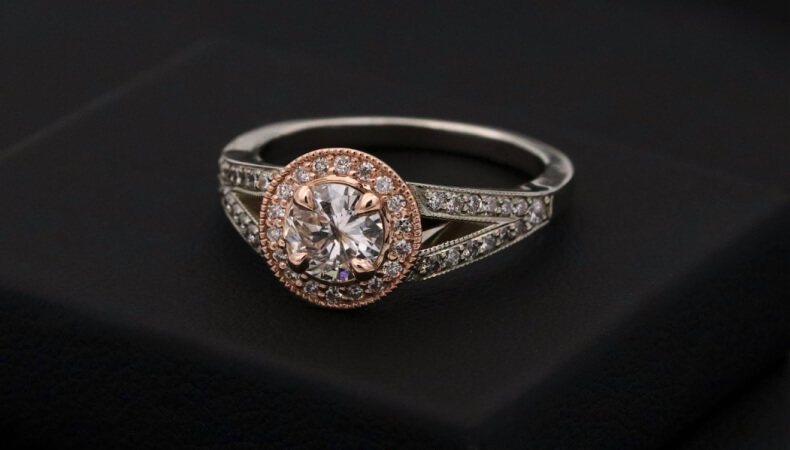
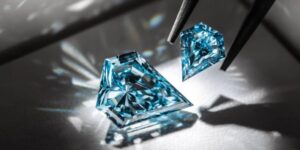
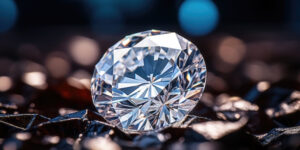

![10 Most Expensive Celebrity Engagement Rings [2024] 10 Most Expensive Celebrity Engagement Rings [2024]](https://www.happywedding.app/blog/wp-content/uploads/2024/06/Expensive-Celebrity-Engagement-Rings-300x150.jpg)

